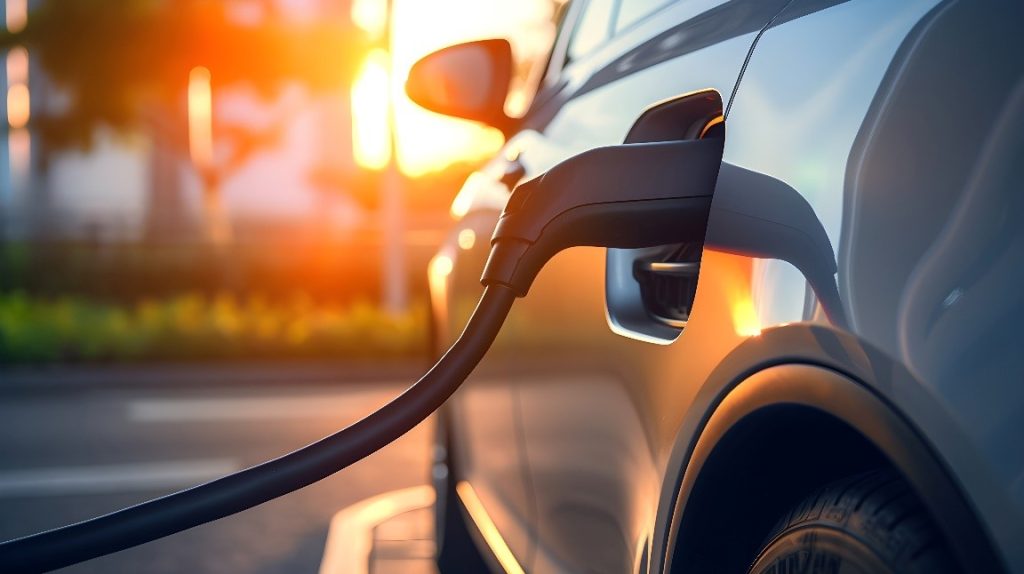- 39,000 EVs have broken down due to a lack of maintenance
- Experts share advice around common EV questions
Electric vehicles (EVs) are becoming increasingly popular, with over 1.1 million1 now on UK roads. However, like other road vehicles, all electric motors have a predetermined lifespan and must undergo an MOT to check it meets road safety standards. However, an EVs lifespan is also dependent on correct upkeeping and maintenance. Understanding how to monitor common EV problems can help extend your vehicle’s lifespan which could save you thousands in repairs when your MOT comes around.
Electric car service provider, ATS Euromaster, have identified the top four issues EV owners face when undertaking an MOT and most importantly, how to avoid them.
1. Battery life
As Google Searches spike 120% this year around car battery longevity, drivers are looking to extend the lifespan of their EV. One way to do this is by observing your battery charging habits. When a battery is frequently charged to its maximum capacity of 100% or allowed to run down to 0%, the vehicle experiences more strain. By maintaining the charge within the 20%-80% range, you can ensure your battery performs at its peak.
Drivers are also advised to park in shaded areas or use climate control settings to maintain optimal battery temperature. Regular exposure to high temperatures can accelerate the aging process and lead to a staggering thousands of pounds in repairs.
2. Tyre maintenance
With defective tyres accounting for 60% of dangerous MOT fails2. , we advise researching and selecting the right tyres for your vehicle. This is essential for optimal performance as maintenance can prevent potential failures and ensure safety.
To reduce potential risks and ensure your EV tyres are road-safe, we recommend checking tyre pressure and tread depth at least once a month. Make sure to thoroughly examine your tyres for signs of damage, such as cracks or punctures, and address any issues immediately. We also recommend rotating your EV’s tyres every few months, but this can differ depending on the type of vehicle you own.
You can check your vehicle manufacturer’s guide for specific recommendations.
3. Vehicle breakdown
In 2023, the AA dealt with over 39,000 EV breakdowns3, many of which could have been prevented with regular maintenance. While monitoring battery health and checking tyre pressure will decrease the possibility of further damage, it’s also recommended to have your brakes checked every six months. This includes your brake fluid, disks, pads, rotors and drums. These simple steps can save you a huge amount in the long run, as brake replacements can cost a few hundred pounds, while a new battery can cost thousands.
4. EV range anxiety
Range anxiety is a common concern among EV owners, with many drivers fearful of breaking down if the vehicle battery completely drains. Contrary to common myths, many modern electric vehicles can travel between 200 to 300 miles on a single charge, with some models even reaching 400 miles4.
However, to extend your vehicles range, practice smooth acceleration and regenerative braking. Smooth driving helps lower energy consumption whilst regenerative braking can add thousands of extra miles of range per year.
For drivers who are travelling on a long journey on a single charge, travel light and avoid adding unnecessary weight. For example, if you have a roof rack we recommend removing as it will help optimize your vehicle’s efficiency.
To ensure your safety on the road, book your service at ATS Euromaster. Our technicians are hybrid and electric car specialists who can keep your vehicle in perfect condition, helping to extend its longevity.



